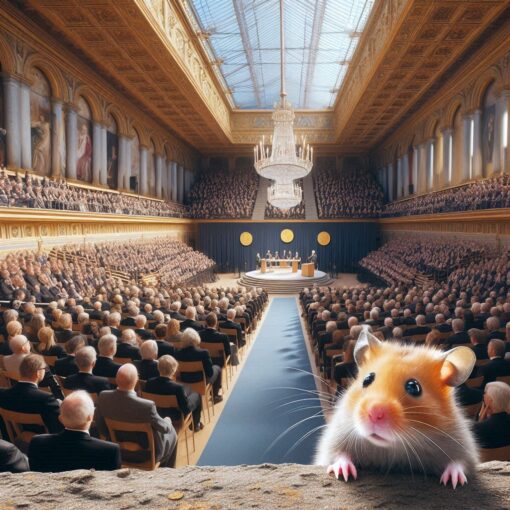As you probably heard, “the primary scientific instrument onboard the Hubble Space Telescope failed today”:http://story.news.ask.com//article/20070130/D8MVBN680.html after its backup power supply failed. While NASA suggests that 1/3 of the camera’s capabilities could be restored in a month or so, it’s clear that this marks the end of a brilliant era in astronomy. Rather than mourn the loss of the instrument, which is no doubt a setback for astronomy, I’d like to reflect on the great triumphs that Hubble has brought us.
 The instrument lost today was the “Advanced Camera for Surveys” (ACS), the system which receives the heaviest use by astronomers. According to NASA’s Hubble website, “The Advanced Camera for Surveys (ACS) is a third-generation imaging camera. This camera is optimized to perform surveys or broad imaging campaigns.” Perhaps the most famous feat which the ACS performed was a long survey of the oldest cosmic objects in the universe. In conjunction with another science instrument onboard Hubble, the “Ultra Deep Field Survey” was a multi-year imaging of the early universe.
The instrument lost today was the “Advanced Camera for Surveys” (ACS), the system which receives the heaviest use by astronomers. According to NASA’s Hubble website, “The Advanced Camera for Surveys (ACS) is a third-generation imaging camera. This camera is optimized to perform surveys or broad imaging campaigns.” Perhaps the most famous feat which the ACS performed was a long survey of the oldest cosmic objects in the universe. In conjunction with another science instrument onboard Hubble, the “Ultra Deep Field Survey” was a multi-year imaging of the early universe.
By absorbing the faint light emitted by distant objects, Hubble became, in a very real sense, a time machine. Light does not travel distances instantaneously; rather, it moves from place to place with a finite velocity, about 186,000 miles each second. The further that light has to travel to us, the longer ago it was first emitted. Light given off by the first galaxies traversed our expanding universe over billions of years, eventually reaching the optical systems of the Hubble camera. The great eye of Hubble, the ACS, slowly absorbed that light over a period of years. What we saw was amazing. Hubble gave us the first glimpse of young galaxies which existed just a few hundred million years after the Big Bang. Never before had our species lain eyes on stellar light from a moment so close to the beginning of time. If there are more humbling moments in the life of a single person, they must be capable of bringing a man to his knees, weeping.
After the tumultuous birth of the universe, something akin (perhaps) to the sensation of listening to the “Rite of Spring” for the first time, the universe went dark. It had cooled below the point where light was trapped inside a hot plasma, hydrogen and helium had formed, the universe went neutral, and light suddenly streamed free in an imperceptably clumpy gas. It was many millions of years later, when hydrogen condensed under the influence of gravity to ignite the first stars, that the lights came back on in the cosmos. Dark matter clumped the stars together, sculpting galaxies and galactic clusters. Luminous matter, guided by dark matter, formed spiral cities stretching across thousands of parsecs, filling the gaping void of the cosmos with the first twinkles of what we now think of as the modern universe. It is this time on which Hubble lets us look. We are humbled, we are speechless, and we are moved by a moment so long ago that shaped so much.


